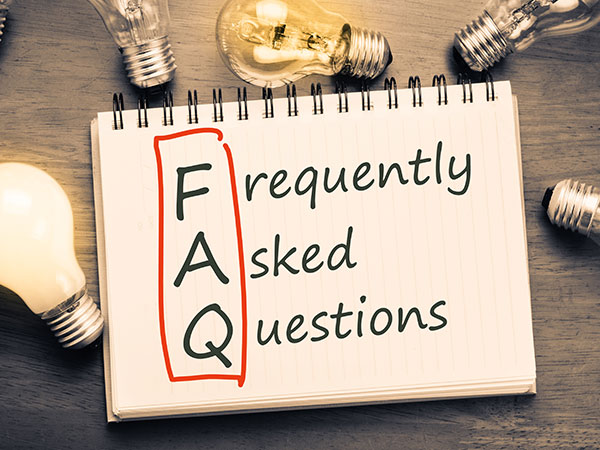
A pressure vessel is a metal cylinder with a rubber diaphragm inside. On one side of the diaphragm there is pressurised air, on the other side, and connected to your plumbing, is pressurised water.
When connected to plumbing for a rainwater harvesting system, they can stop something called “pump chasing” which we will describe below:
The term pump chasing refers to a pump turning on and off quickly. This is a common problem of pressure operated pumps of all kinds and occurs when there is a leak or dripping tap. A pressure operated pump turns on as soon as pressure in a pipe drops (when you open a tap) and turns off when the pressure builds up again (when you close the tap). If that tap drips, the pressure drops turning the pump on, but there isn’t sufficient flow to keep the pump running, instead the pressure rapidly builds up turning the pump off again. In this example, the dripping tap would continue to turn the pump on and off until the tap is fully shut. The same effect happens with a leaking valve in a toilet.
Pumps are expensive to replace so it is important to protect against this. Thankfully there are 2 ways of doing so:
Adding a pressure vessel is a very worthwhile addition to a rainwater harvesting system, it can seriously prolong the life of your pump and prevent problems. It makes any rainwater system very robust and we would highly recommend it.